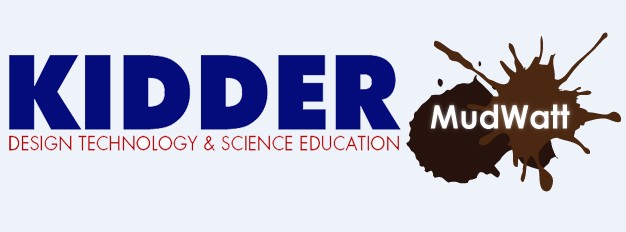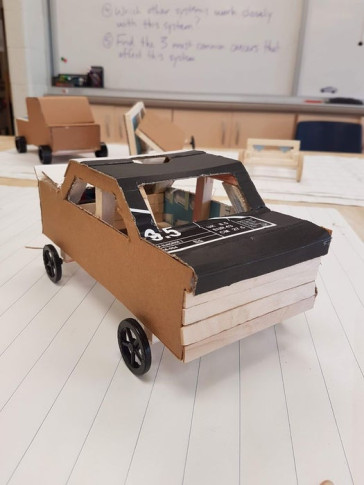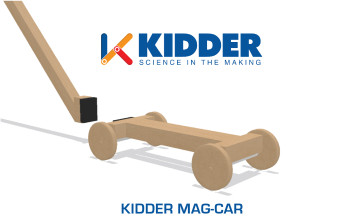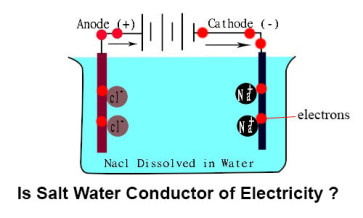We are very excited to add this incredibly unique and fascinating new product called MudWatt to our Kidder line. Whether you are teaching biology, earth science, physics or engineering, the MudWatt is a great tool to help your students see their environment, especially mud, in a whole new way. Please read below for more information on all things MudWatt! Click HERE to head to our MudWatt product pages on www.kidder.ca.
How It Works:
Although we cannot see them with the naked eye, with bodies one-tenth of the thickness of a human hair, micro-organisms or “microbes” live throughout virtually all soil and sediment on the planet. Among these diverse communities of microbes are particular species with the unique ability to release electrons outside their own bodies as part of their natural respiration.
The MudWatt utilizes this remarkable ability by providing mud-based microbes with two conductive graphite discs, called the anode and cathode. The anode is placed within the mud where the electrogenic microbes can grow, while the cathode is placed on top exposing it to oxygen in the air (see MudWatt diagram below).

Electron Flow Through the MudWatt
To understand how the MudWatt works, we need to follow the path of the electrons. Consider each step of the cycle below, using the diagram here as a reference:
- While munching up the nutrients in the mud, microbes deposit electrons onto the anode.
- These electrons travel through the wire to the Hacker Board, where they power the electronics.
- The electrons then travel back down through the wire to the cathode.
- The electrons interact with oxygen and protons to form water.
This sequence happens over and over, trillions of times every second!
Microbe Species
 There are many species of electon-donating microbes in the world taking on a wide range of shapes and sizes, but there are two in particular that are commonly found in soils and sediments around the planet. From the top of the Himalayan Mountains to the bottom of the ocean, these two types of microbes exhibit truly remarkable abilities:
There are many species of electon-donating microbes in the world taking on a wide range of shapes and sizes, but there are two in particular that are commonly found in soils and sediments around the planet. From the top of the Himalayan Mountains to the bottom of the ocean, these two types of microbes exhibit truly remarkable abilities:
Shewanella (a.k.a. "Mr. Clean")
Known for their versatility, Shewanella species can be found almost everywhere on earth, from mountain dirt to ocean sediments. Due to their unique ability to expel electrons to compounds outside their bodies, Shewanella can metabolize a variety of substances and link together through conductive appendages, transferring electrons to their neighbors. They can even metabolize toxic compounds containing radioactive Uranium!
Geobacter (a.k.a. "Iron-Breather")
Geobacter specied have the ability to respire iron compounds and use them in a way similar to the way humans respire oxygen. In fact, they prefer to live in environments where there is no oxygen, such as deep underground or within ocean sediments. Like Shewanella, due to their ability to expel electron, they can metabolize many environmental pollutants, including petroleum and Uranium, and have been used to clean pollution.











